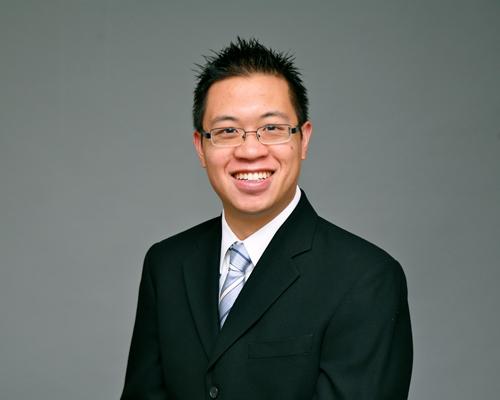
Assistant Professor of Engineering
Credit: Amy Simmons/Brown University
Three years ago, armed with a Ph.D. in materials science and engineering from Stanford University, Ian Wong made a drastic career move.
He traveled across the country and started a postdoctoral appointment in the Department of Surgery at Massachusetts General Hospital and Harvard Medical School. Wong became interested in the study of cancer, so he immersed himself in a clinical environment with doctors and biomedical scientists. If he were to really begin to understand cancer, he thought, "It's important to be at the front lines where the patients are."
"My colleagues would tell me, 'You're not asking the right questions or you're not doing the right experiments,'" Wong said. "So they taught me about cancer biology and I taught them a bit about engineering."
The result of those interactions was a very clear research focus for Wong, who joins the faculty in the School of Engineering this fall. "I use an engineering approach to understand how cancer cells invade and how they resist drug treatments," he said.
Cancer metastasis occurs when tumors spread throughout the body and colonize distant tissues. Metastasis is responsible for more than 90 percent of cancer deaths, according to the American Cancer Society. It is also extremely difficult to treat with existing therapies. "It's been hypothesized that there are certain types of cancer cells that invade very aggressively and are also drug resistant," Wong said. "So the question is whether we can identify and specifically target these cells."
Doing that means understanding the cellular dynamics at play within the tumor and within the surrounding environment. Wong is developing new techniques to image cells within the tumor at a level of detail that isn't possible in patients. "I want to look at what makes these tumors tick," he said. "Are all these cells competing with each other? Are they cooperating with each other? How do they move? How do they divide? We're going to examine each of the individual cells that comprise a tumor and look for their strengths and weaknesses."
One way Wong will study cancer is by drawing on his Ph.D. work to build 3-D architectures comprised of tumors and their surrounding scaffold. There's a growing body of research suggesting that the environment around the tumor has a profound influence on whether tumors remain benign or become malignant. For instance, malignant cells are capable of tunneling through the membrane enclosing a tumor, rearranging the scaffold into "highways" for easier escape. "It's like breaking out of jail," Wong said.
"People have seen this qualitatively, but the underlying mechanics and physics are not well established," Wong said. "I'm very interested in understanding the engineering design principles for cancer by building model tumor microenvironments using 3-D printing."
Another of Wong's devices is essentially "a miniature obstacle course for cells." Using the device, Wong has shown that some cells tend to break away from their neighbors and invade more aggressively. He hopes to use the device not only to learn more about how cells invade, but also to test new drugs aimed at combating malignant behaviors.
A better understanding of the interaction between a tumor and its surroundings could lead to new lines of treatment.
"Historically, clinicians have focused on just killing tumor cells, but maybe that's not enough," Wong said. "Maybe we also need to repair the surroundings so it looks more like healthy tissue, and that will suppress some malignant features of tumors."
This kind of research is collaborative by nature, Wong said, and that makes Brown a great place for him to continue his work. Wong has already collaborated with Jeff Morgan, co-director of Brown's Center for Biomedical Engineering, and he's looking forward to more collaboration across campus and across disciplines.
"It's important to have this collaborative, interdisciplinary environment in the School of Engineering where everyone talks to each other, stimulating new ideas and research directions," Wong said. "That's something I'm very excited to be part of at Brown."
- by Kevin Stacey